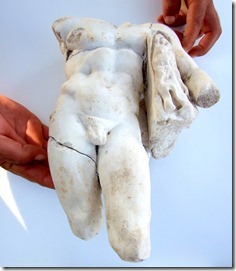The Logos collection of 16 volumes by William Mitchell Ramsay is about to close in Community Pricing. Currently the price is $30, though a few more bids will push everyone’s price down to $25 (or even $20). After it closes, the selling price will probably be around $200 (though retail is listed at $800).
For less than $2 each, you get these electronic books in Logos’ superior format:
- The Letters to the Seven Churches of Asia
- Impressions of Turkey During Twelve Years’ Wanderings
- Was Christ Born at Bethlehem? A Study on the Credibility of St. Luke
- The Bearing of Recent Discovery on the Trustworthiness of the New Testament
- Luke the Physician and Other Studies in the History of Religion
- The Education of Christ
- A Historical Commentary on St. Paul’s Epistle to the Galatians
- The Historical Geography of Asia Minor
- The Cities of St. Paul
- And seven others
I’ve recommended this collection before and do so again.

